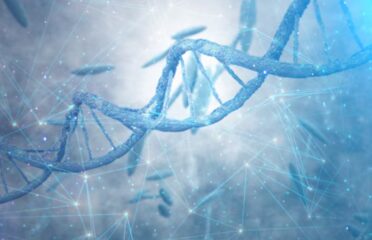Back Pain
Overview

Back pain is a very common reason why people seek medical help. It is one of the leading causes of disability. Back pain can range from a muscle aching to a shooting, burning, or stabbing sensation.
Several measures can help prevent or relieve most back pain episodes, moreover for people below 60 years of age. If prevention does not help, home treatment can often heal the back within a few weeks. Surgery may not be needed.
Persons affected can talk to their healthcare provider if the pain lasts longer than a few weeks, is severe, spreads down the legs, causes weakness or numbness in one or both legs or is paired with unexplained weight loss.
Symptoms
Back pain can range from
• A muscle aching to a shooting, burning, or stabbing sensation. Also, the pain can radiate down a leg. Bending, twisting, lifting, standing, or walking can make it worse.
• Increasing pain with lifting and bending.
• Worsening pain when resting, sitting, or standing.
• Back pain that comes and goes.
• Stiffness in the morning when awakening and lessened back pain with activity.
• Pain that radiates away from the back into the buttocks, leg, or hip.
Causes & Risks
• A very common cause of back pain is injury to a muscle or ligament. These strains and sprains can occur for many reasons like - improper lifting, poor posture, and lack of regular exercise.
• Back pain may also be caused due to serious injuries. Repeated heavy lifting or a sudden awkward movement can strain back muscles and spinal ligaments.
• Osteoarthritis can affect the lower back. Arthritis in the spine can lead to a narrowing of the space around the spinal cord, which is called spinal stenosis.
• Osteoporosis. The spine's vertebrae can develop painful breaks if the bones become porous and brittle. Smoking can decrease blood flow to the spine and increase the risk of osteoporosis.
• Excess body weight puts extra stress on the back.
Test & Diagnosis
The healthcare provider may order…
• To examine the patient's back and assess the ability to sit, stand, walk, and lift the legs. The provider may also ask you to rate your pain on a scale of zero to 10.
• Tests to rule out serious causes of back pain like spasms,
• Spine X-ray, which uses radiation to produce images of bones, MRI, which uses a magnet and radio waves to create pictures of bones, and muscles.
• Electromyography to test nerves and muscles and check for neuropathy, which can cause tingling or numbness in your legs.
• Depending on the cause of pain, the healthcare provider may order blood tests or urine tests.
• Urine tests check for kidney stones, which cause pain in the flank.
Treatment
• Most back pain gets better within a month of home treatment, especially for people younger than 60. But for many, the pain lasts several months.
• Pain relievers and the use of heat might be all that's needed. Bed rest is not advised.
• Continue regular daily activities as much as you can with back pain. Try light activities, such as walking. Stop the activity that increases pain, but do not avoid the activity due to fear of pain.
• If home treatments do not work after several weeks, the healthcare provider may recommend stronger medications.
• Using Antidepressants, narcotics, muscle relaxants, and Pain relievers can certainly relieve pain to a great extent.
Living With
Patients suffering from back pain can significantly impact their daily activities. There are many ways to help patients living with lower back pain, improve their quality of life. Different techniques can enable them to partake in activities as usual.
Persons with lower back pain must stay physically active and maintain a healthy body weight. The strength and flexibility of the muscles can provide support to the spine and lower back. Stretching and low-impact exercises are the most beneficial practices, as they help to increase strength without adding to the stress and strain on the spot. Wear comfortable shoes or any other footwear with low heels.
Complications
Sadly, back pain can develop various complications and impact an individual's daily life
• Persistent back pain can limit mobility and flexibility, making it challenging to perform everyday tasks, including bending, lifting, or walking.
• Chronic back pain can significantly affect an individual's quality of life, leading to decreased enjoyment of activities, disruptions in sleep, and limitations in social interactions.
• Muscle Weakness might cause disuse of certain muscles, leading to muscle weakness and potential atrophy.
• Back pain can lead to stress, anxiety, and irritability, impacting mental well-being and overall emotional health.
• Severe back pain can lead to decreased productivity due to difficulty concentrating or performing job tasks.
• Chronic back pain can lead to secondary health issues, such as weight gain due to reduced physical activity, decreased cardiovascular health, or an increased risk of developing conditions like osteoporosis.
• Untreated back pain can impact an individual's ability to perform daily activities and maintain an independent lifestyle at all times.





